
Adolphe was Grand Duke of Luxembourg from 23 November 1890 to his death on 17 November 1905. The first grand duke from the House of Nassau-Weilburg, he succeeded King William III of the Netherlands, ending the personal union between the Netherlands and Luxembourg. Adolphe was Duke of Nassau from 20 August 1839 to 20 September 1866, when the Duchy was annexed to the Kingdom of Prussia.

Margaret II of Avesnes was Countess of Hainaut and Countess of Holland from 1345 to 1356. She was Holy Roman Empress and Queen of Germany by marriage to Holy Roman Emperor Louis IV the Bavarian.

The Hook and Cod wars comprise a series of wars and battles in the County of Holland between 1350 and 1490. Most of these wars were ostensibly fought over who should hold the title of "Count of Holland", but some have argued that the underlying reason was a power struggle conducted by the bourgeois in the cities against the ruling nobility.

The County of Hainaut, sometimes spelled Hainault, was a territorial lordship within the medieval Holy Roman Empire that straddled the present-day border of Belgium and France. Its most important towns included Mons, now in Belgium, and Valenciennes, now in France.
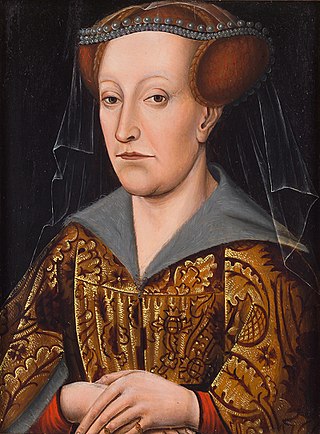
Jacqueline, of the House of Wittelsbach, was a noblewoman who ruled the counties of Holland, Zeeland and Hainaut in the Low Countries from 1417 to 1433. She was also Dauphine of France for a short time between 1415 and 1417 and Duchess of Gloucester in the 1420s, if her marriage to Humphrey, Duke of Gloucester, is accepted as valid.

Albert I, Duke of Lower Bavaria, was a feudal ruler of the counties of Holland, Hainaut, and Zeeland in the Low Countries. Additionally, he held a portion of the Bavarian province of Straubing, his Bavarian ducal line's appanage and seat, Lower Bavaria.
The Battle of Brouwershaven was fought on 13 January 1426 in Brouwershaven, Zeeland. The battle was part of the Hook and Cod wars waged over control of the Low Countries and resulted in a significant victory for Philip the Good, Duke of Burgundy.

Bavaria-Straubing denotes the widely scattered territorial inheritance in the Wittelsbach house of Bavaria that were governed by independent dukes of Bavaria-Straubing between 1353 and 1432; a map (illustration) of these marches and outliers of the Holy Roman Empire, vividly demonstrates the fractionalisation of lands where primogeniture did not obtain. In 1349, after Emperor Louis IV's death, his sons divided Bavaria once again: Lower Bavaria passed to Stephan II, William and Albert. In 1353, Lower Bavaria was further partitioned into Bavaria-Landshut and Bavaria-Straubing: William and Albert received a part of the Lower Bavarian inheritance, with a capital in Straubing and rights to Hainaut and Holland. Thus the dukes of Bavaria-Straubing were also counts of Hainaut, counts of Holland, and of Zeeland.

William II of Bavaria was Duke of Bavaria-Straubing and count of Holland, Hainaut and Zeeland. He ruled from 1404 until 1417, when he died from an infection caused by a dog bite.
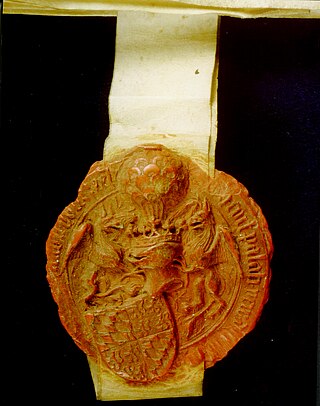
John III the Pitiless (1374–1425), of the House of Wittelsbach, was first bishop of Liège 1389–1418 and then duke of Bavaria-Straubing and count of Holland and Hainaut 1418–1425.
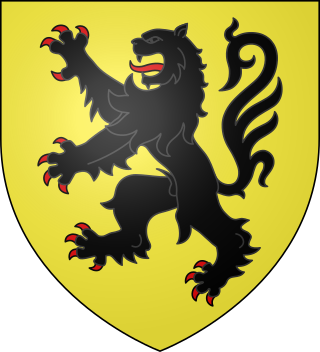
The Treaty of Delft, also called the Reconciliation of Delft, was signed on 3 July 1428 between Jacqueline of Bavaria and Philip the Good, Count of Flanders and Duke of Burgundy.

Ernst I, Duke of Saxe-Altenburg, was a duke of Saxe-Altenburg. He was the first son of Georg, Duke of Saxe-Altenburg and Marie Luise of Mecklenburg-Schwerin. In 1853 he succeeded his father as Duke of Saxe-Altenburg. He was of a retiring disposition and he took little active part in running the country. After a reign that lasted fifty five years, he died without a living direct male heir; because of this, he was succeeded by his nephew, Ernst.
The Treaty of The Hague may refer to:

The Count of Hainaut was the ruler of the county of Hainaut, a historical region in the Low Countries. In English-language historical sources, the title is often given the older spelling Hainault.

The House of Valois-Burgundy, or the Younger House of Burgundy, was a noble French family deriving from the royal House of Valois. It is distinct from the Capetian House of Burgundy, descendants of King Robert II of France, though both houses stem from the Capetian dynasty. They ruled the Duchy of Burgundy from 1363 to 1482 and later came to rule vast lands including Artois, Flanders, Luxembourg, Hainault, the county palatine of Burgundy (Franche-Comté), and other lands through marriage, forming what is now known as the Burgundian State.

Leopold IV Frederick, Duke of Anhalt was a German prince of the House of Ascania.
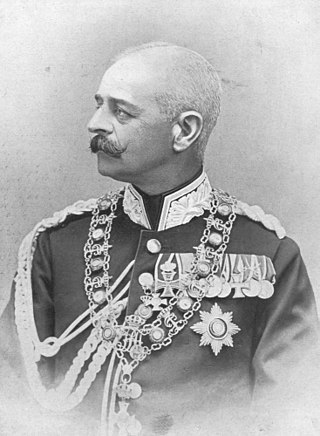
Frederick Augustus II was the last ruling Grand Duke of Oldenburg. He married Princess Elisabeth Anna of Prussia, daughter of Princess Maria Anna of Anhalt-Dessau and Prince Frederick Charles of Prussia. After her death, he married Elisabeth Alexandrine of Mecklenburg-Schwerin.
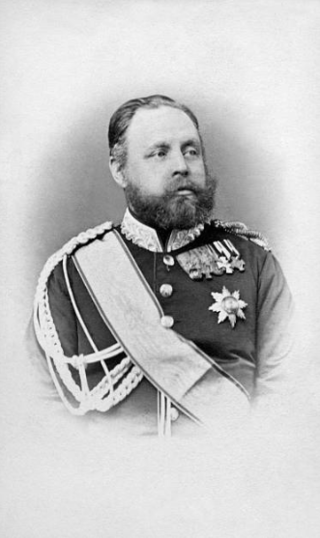
Peter II was the reigning Grand Duke of Oldenburg from 1853 to 1900. He claimed hereditary parts of Duchy of Holstein after the Second Schleswig War in 1864. After signing a treaty on 23 February 1867 in Kiel, he renounced his claims. In return, he received the district of Ahrensbök, the Prussian parts of the former Principality of Lübeck other than the village of Travenhorst, and was given a million taler as compensation from Prussia. Thus the Grand Duchy of Oldenburg gained access to the Baltic Sea.
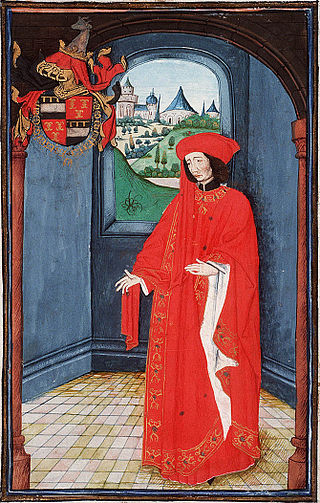
Frank II of Borssele was a 15th-century Zeelandic nobleman.
The siege of Gouda (1428) was a siege that ended the second phase of the Hook and Cod wars.
















